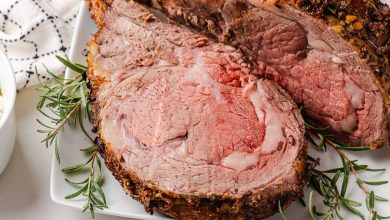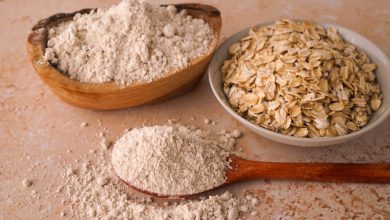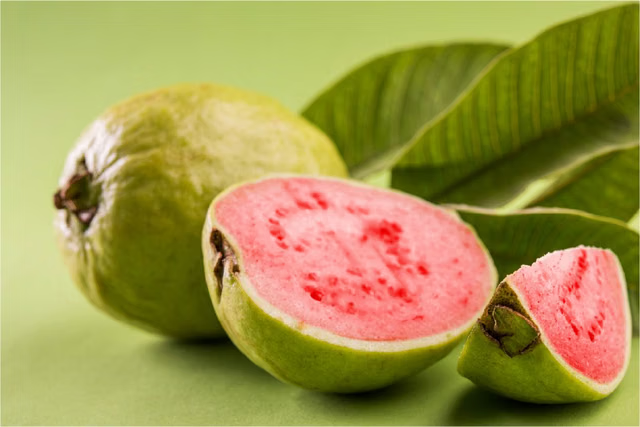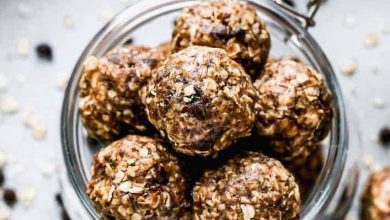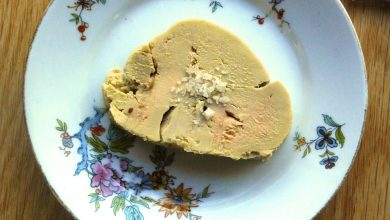Purslane (Cooked, Blended, Dried, with Salt) – Nutritional Information
Purslane, when cooked, blended, and dried with a pinch of salt, transforms into a nutrient-rich ingredient that is both healthy and versatile. This leafy green packs a punch with its unique blend of vitamins, minerals, and antioxidants, making it an excellent addition to various culinary dishes. Here’s a breakdown of its nutritional profile, highlighting the key components that make purslane a valuable ingredient in your kitchen.
Nutritional Information
| Nutrient | Amount | Unit |
|---|---|---|
| Energy | 18.0 | kcal |
| Protein | 1.49 | g |
| Total Fat | 0.19 | g |
| Saturated Fat | 0.0 | g |
| Carbohydrates | 3.55 | g |
| Fiber | 0.0 | g |
| Sugar | 0.0 | g |
| Calcium | 78.0 | mg |
| Iron | 0.77 | mg |
| Magnesium | 67.0 | mg |
| Phosphorus | 37.0 | mg |
| Potassium | 488.0 | mg |
| Sodium | 280.0 | mg |
| Zinc | 0.17 | mg |
| Copper | 0.114 | mcg |
| Manganese | 0.307 | mg |
| Selenium | 0.9 | mcg |
| Vitamin C | 10.5 | mg |
| Thiamine (Vitamin B1) | 0.031 | mg |
| Riboflavin (Vitamin B2) | 0.09 | mg |
| Niacin (Vitamin B3) | 0.46 | mg |
| Vitamin B6 | 0.07 | mg |
| Folate (Vitamin B9) | 9.0 | mcg |
| Vitamin B12 | 0.0 | mcg |
| Vitamin A | 93.0 | mcg |
| Vitamin E | 0.0 | mg |
| Vitamin D2 | 0.0 | mcg |
Health Benefits of Purslane
Purslane is an incredible source of omega-3 fatty acids, which are rare in plant-based foods, making it particularly beneficial for those following plant-based diets. This nutrient-dense green is rich in antioxidants such as Vitamin C and Vitamin E, which support immune function and skin health. The presence of minerals like calcium, magnesium, and potassium also promotes bone health and aids in muscle function. Additionally, the high levels of Vitamin A contribute to eye health, while iron supports the production of red blood cells.
Dietary Preferences & Allergen Information
-
Dietary Preferences: Purslane is naturally vegan, vegetarian, and gluten-free, making it suitable for most dietary needs. It’s an excellent addition to salads, soups, smoothies, or served as a side dish.
-
Allergen Information: Purslane is not known to cause common food allergies. However, those with specific sensitivities or conditions such as kidney disease (due to high potassium levels) should consult with a healthcare provider before consuming large amounts.
Culinary Tips & Serving Suggestions
Purslane can be used in a variety of culinary applications. Its mildly sour, peppery flavor adds a unique twist to fresh salads, while its texture lends itself well to cooked dishes like stir-fries and stews. You can also add it to smoothies for a nutrient-packed green boost. When dried, it retains its nutrients, making it a great option for long-term storage and use in various recipes.
Tip: For a refreshing salad, toss fresh purslane with cucumber, tomato, red onion, and a light vinaigrette. Alternatively, blend it into a soup or stew for a hearty, nutrient-dense addition.
Conclusion
Purslane, with its impressive nutrient profile, is a fantastic addition to any healthy eating plan. Its versatility in the kitchen, combined with its rich content of vitamins, minerals, and antioxidants, ensures that it not only enhances the flavor of your dishes but also supports your overall health and well-being. Whether you’re seeking to increase your intake of plant-based omega-3s or looking for a low-calorie, high-nutrient food to incorporate into your meals, purslane is an ingredient worth adding to your repertoire.



